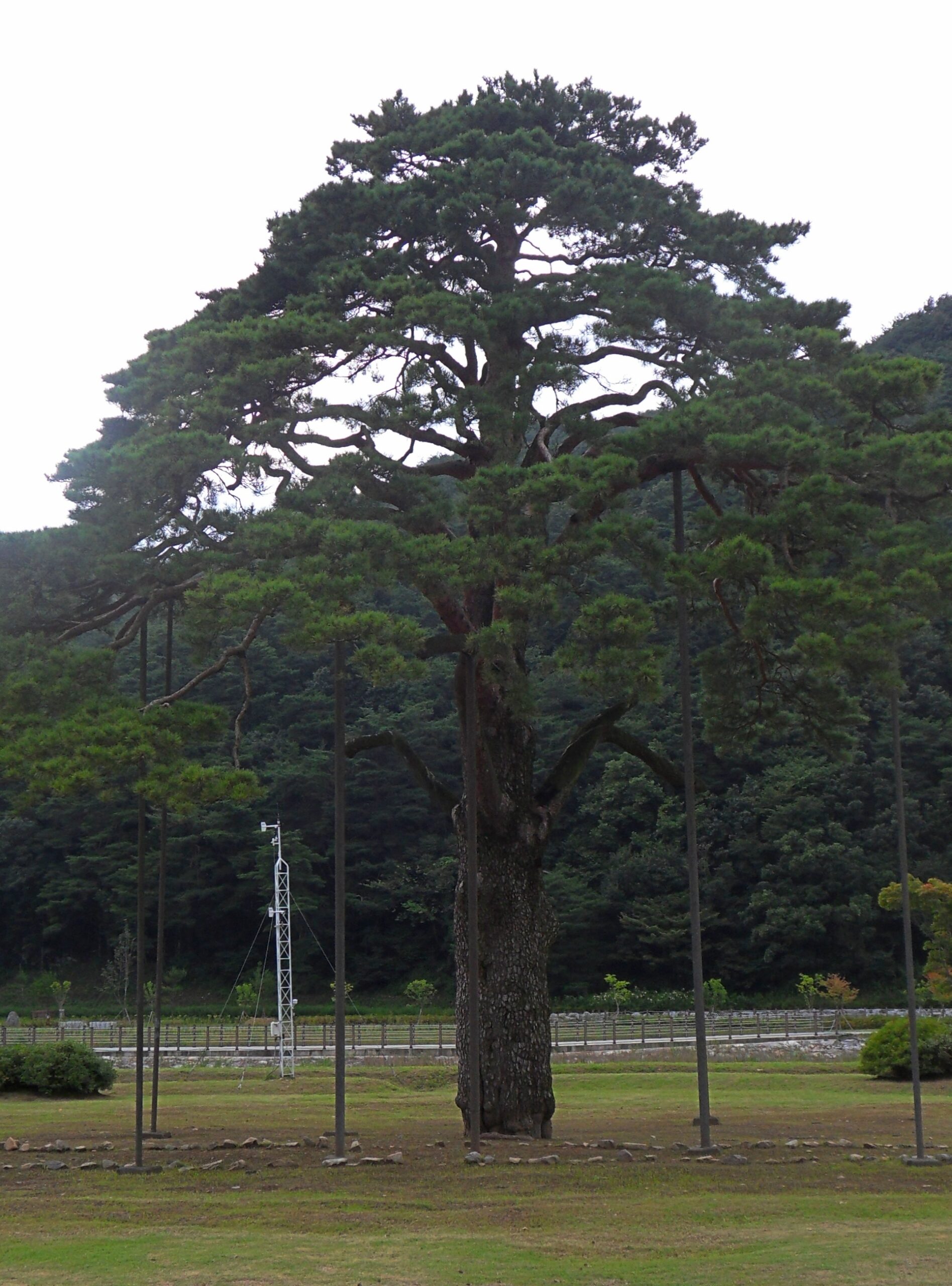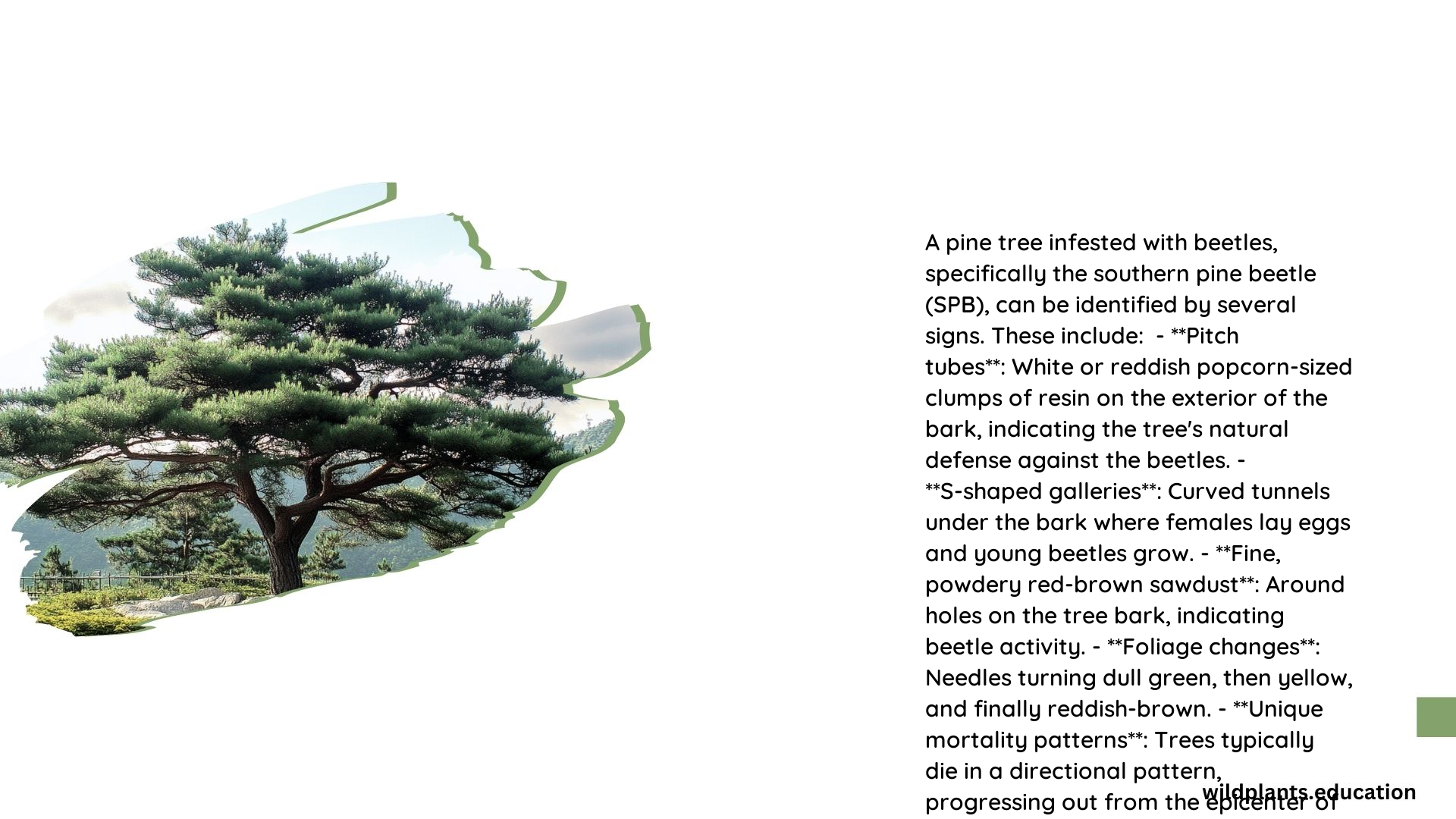Pine beetles are a type of bark beetle that can have devastating effects on pine forests. These insects can kill large numbers of trees, leading to significant changes in forest structure and composition. Understanding the signs and symptoms of pine beetle infestation, as well as effective treatment and prevention strategies, is crucial for maintaining the health and resilience of pine ecosystems.
What is Pine Beetle Infestation?

Pine beetles are a group of insects that belong to the genus Dendroctonus, which includes several species such as the mountain pine beetle (Dendroctonus ponderosae) and the southern pine beetle (Dendroctonus frontalis). These beetles go through a four-stage lifecycle, including egg, larva, pupa, and adult, which can take anywhere from one to two years to complete, depending on the species and environmental conditions.
Pine beetle infestations can have far-reaching ecological impacts, including:
- Tree Mortality: Pine beetles can kill large numbers of trees, leading to significant changes in forest structure and composition.
- Carbon Sequestration: Dead trees no longer contribute to carbon sequestration, potentially exacerbating climate change.
- Water Quality: Increased runoff and water turbidity can result from the loss of tree cover, affecting aquatic ecosystems.
- Wildlife Habitat: Changes in forest structure and composition can impact wildlife populations and habitat.
According to estimates, millions of acres of pine forests have been affected by pine beetle infestations in North America.
What are the Signs and Symptoms of Pine Beetle Infestation?

The signs and symptoms of pine beetle infestation include:
- Pitch Tubes: Small, round, resinous tubes on the bark of infested trees, indicating beetle activity.
- Discoloration: Yellowing or reddening of needles, indicating tree stress and potential infestation.
- Tree Mortality: Dead trees with red or yellow needles, often with visible beetle exit holes.
- Timelines for Symptom Development: Symptoms typically develop within a few months to a year after infestation, depending on the beetle species and tree health.
How Can Pine Beetle Infestations be Treated?
Effective treatment options for infested trees include:
- Chemical Methods: Insecticides such as carbaryl and permethrin can be applied directly to the tree or surrounding soil to help control beetle populations.
- Biological Methods: Introducing natural predators or parasites of pine beetles, such as parasitic wasps, can help control populations.
What are the Best Strategies for Controlling Pine Beetle Populations?
Integrated pest management strategies for controlling pine beetle populations include:
- Cultural Practices: Maintaining healthy trees through proper forest management practices, such as thinning and pruning, can reduce the risk of infestation.
- Monitoring Techniques: Regular monitoring for early detection of infestations allows for timely intervention.
- Natural Predators: Encouraging the presence of natural predators, such as woodpeckers, can help control beetle populations.
How Should Infested Trees be Removed?
Guidelines for safely removing infested trees include:
- Timing: Remove trees as soon as possible after infestation to prevent further spread of beetles.
- Methods: Use proper cutting and removal techniques to minimize the risk of beetle dispersal.
- Disposal Practices: Dispose of infested trees by chipping or burning to prevent further spread of beetles.
What are the Best Preventive Sprays for Pine Beetles?
Preventive measures include:
- Recommended Sprays: Insecticides such as permethrin and carbaryl can be applied to healthy trees to prevent infestation.
- Application Schedules: Apply sprays during the beetle’s flight period, typically in the spring and summer.
- Effectiveness: Sprays can be effective against various life stages of pine beetles, including adults and larvae.
How Can Pine Beetle Infestations be Prevented?
Proactive steps to prevent pine beetle infestations include:
- Tree Health Maintenance: Maintain healthy trees through proper forest management practices, such as thinning and pruning.
- Site Selection: Avoid planting pine trees in areas with high beetle activity or poor soil conditions.
- Community-Wide Efforts: Encourage community-wide efforts to monitor and manage beetle populations, such as through collaborative forest management plans.
By understanding the signs and symptoms of pine beetle infestation, as well as effective treatment and prevention strategies, land managers and homeowners can work to protect the health and resilience of pine forests.
References:
– Climate Change and Ecosystem Disruption: The Health Impacts of Pine Beetle Infestation. (2012). https://www.ncbi.nlm.nih.gov/pmc/articles/PMC3484782/
– Ecological Impacts of Southern Pine Beetle. (n.d.). https://www.srs.fs.usda.gov/pubs/gtr/gtr_srs140/gtr_srs140_223.pdf
– The Threat to American Forests: Pine Beetles. (n.d.). https://treeplantation.com/pine-beetles.html
